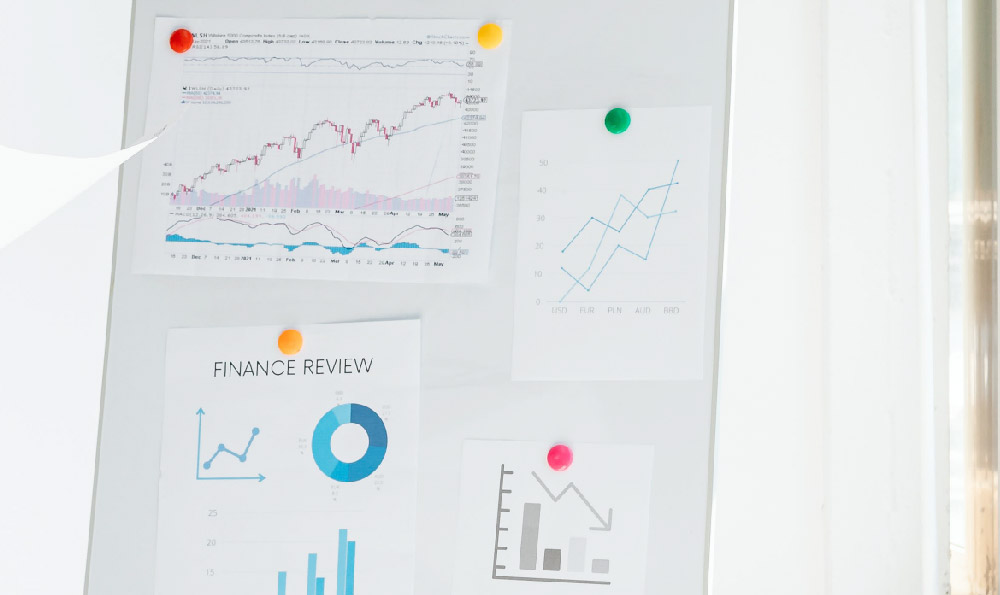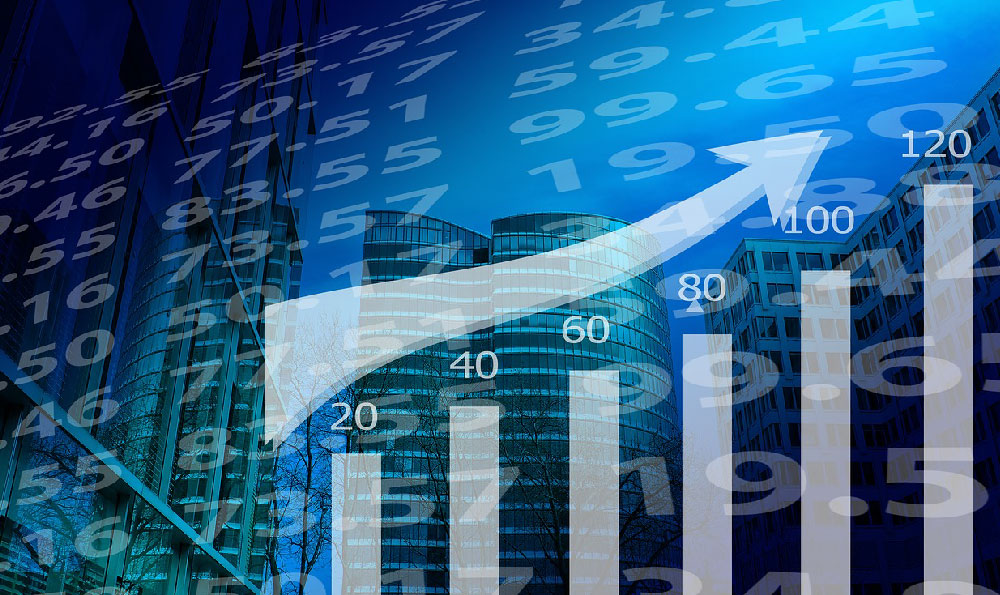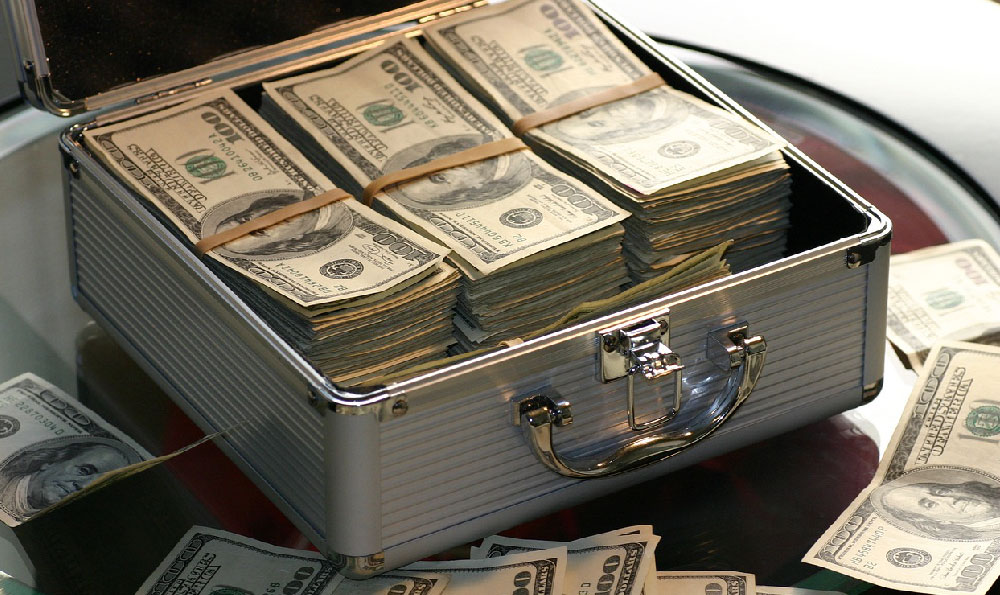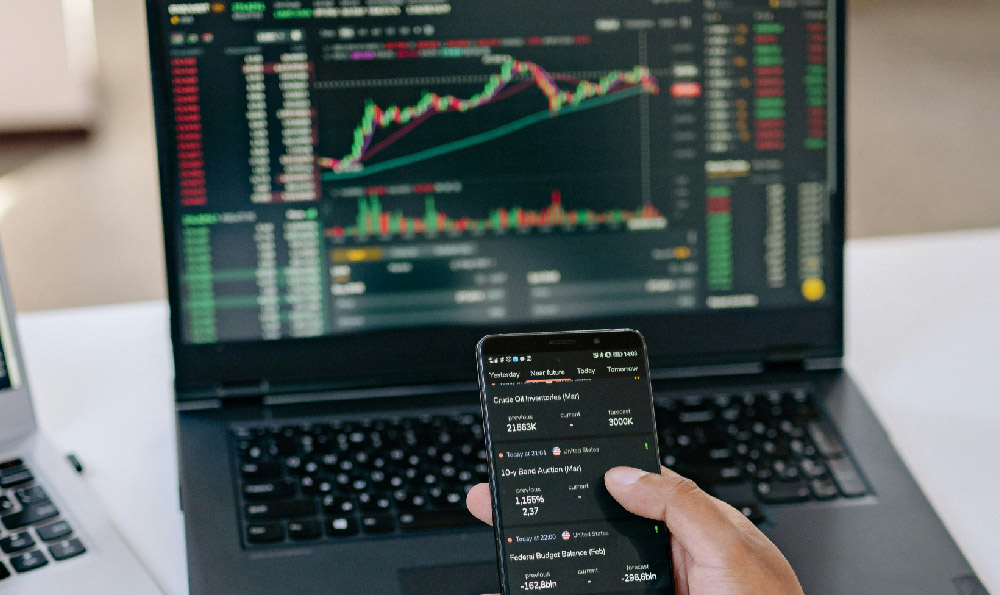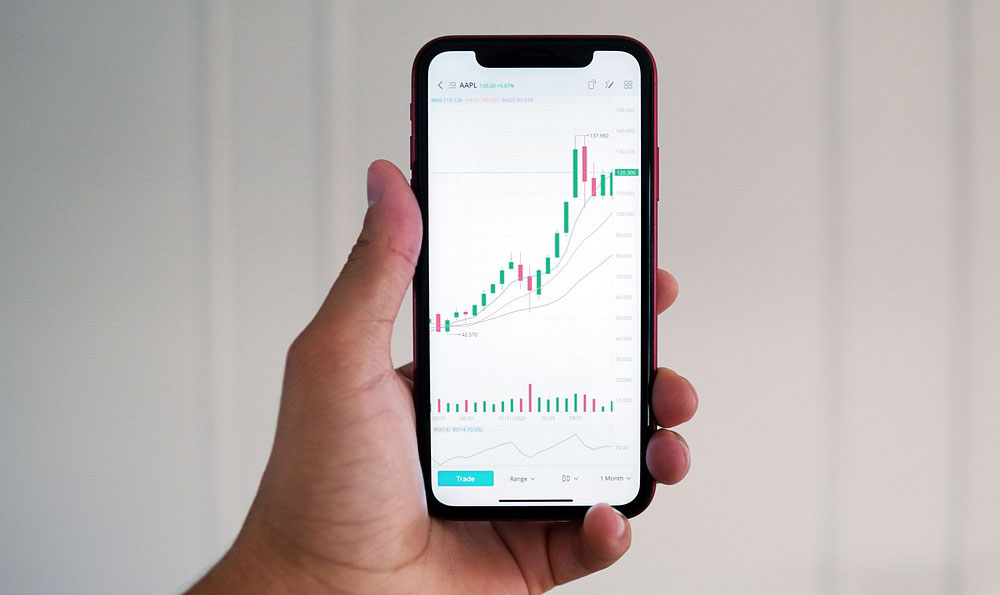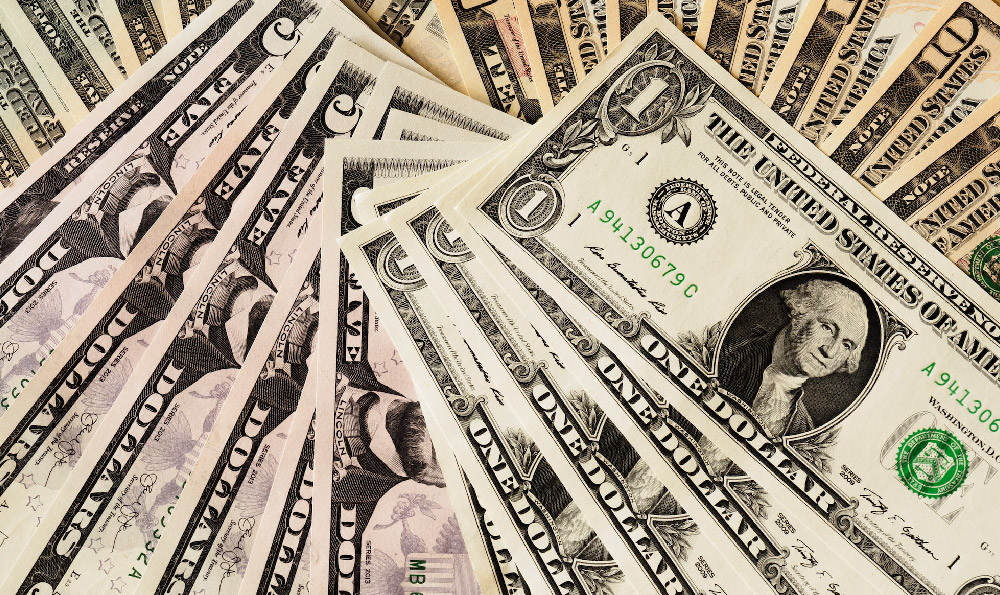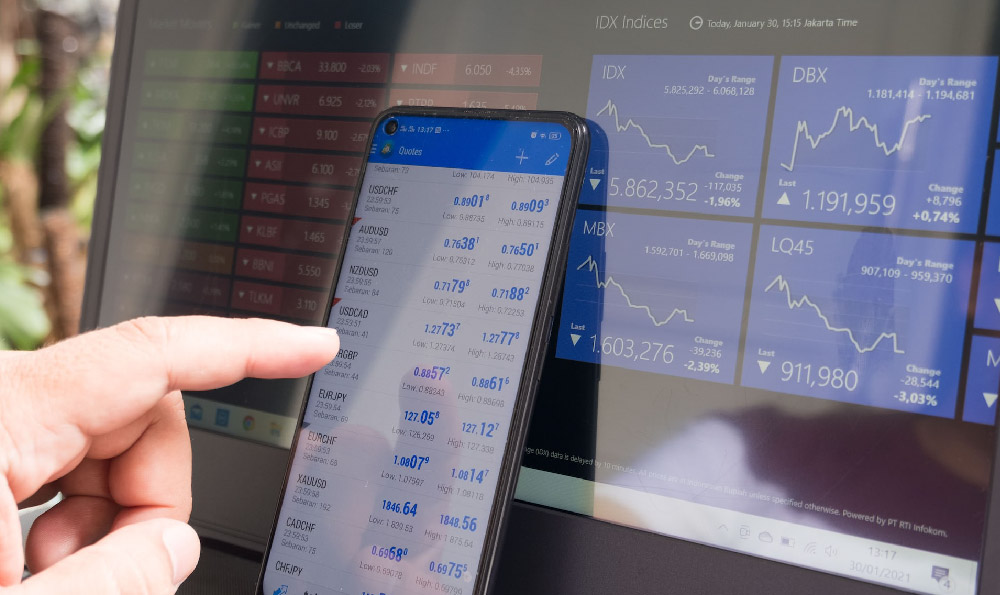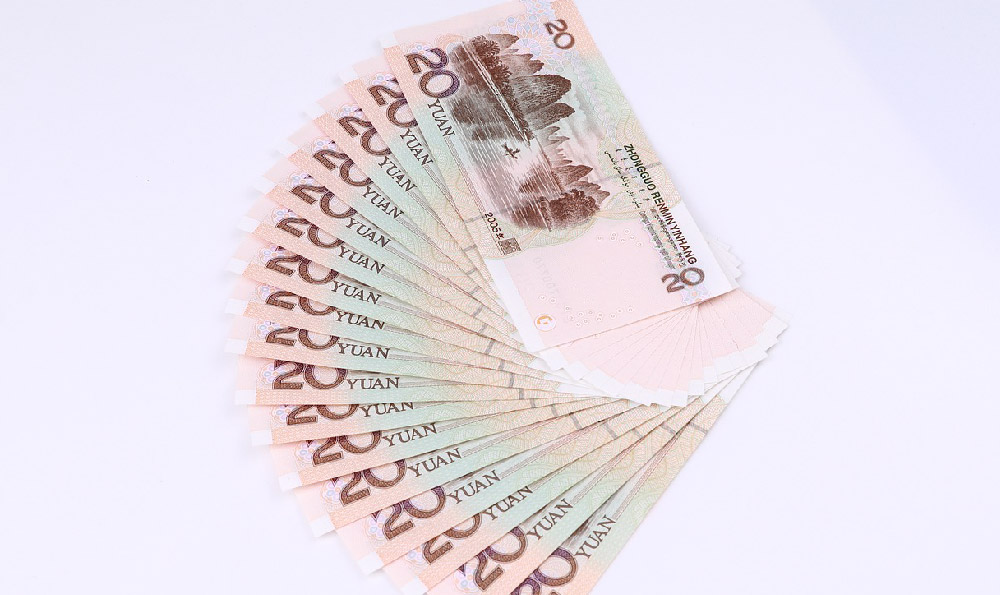Rolex watches, symbols of luxury and prestige, have captivated watch enthusiasts and collectors for decades. Their timeless design, robust construction, and association with success often lead people to wonder if acquiring a Rolex is a sound investment decision. The answer, however, is not a simple yes or no. It depends heavily on various factors, including the specific model, its condition, market trends, and your investment goals.
On the surface, a Rolex might seem like a surefire way to grow your wealth. Certain models, particularly those that are discontinued, rare, or highly sought after by collectors, have indeed demonstrated significant appreciation in value over time. Think of vintage Submariners, Daytonas with specific dial variations, or limited-edition models celebrating milestones. These pieces, if well-preserved and accompanied by their original documentation, can command prices far exceeding their original retail cost. The allure of owning a piece of history, combined with scarcity and strong demand, fuels their investment potential.
However, it's crucial to distinguish between a Rolex watch as a status symbol and a Rolex as a carefully considered investment. Not every Rolex will appreciate in value, and many factors contribute to a watch's potential for long-term growth. The stainless-steel models, like the Submariner, GMT-Master II, and Daytona, generally hold their value better than gold or diamond-encrusted models. This is because stainless steel is more durable and less prone to scratches, and these sport models enjoy a wider appeal among collectors and enthusiasts.

The condition of the watch is paramount. A Rolex that has been heavily worn, poorly maintained, or has undergone unauthorized modifications will inevitably suffer a decline in value. Scratches, dents, water damage, and non-original parts all detract from a watch's desirability and collectibility. Investing in a Rolex requires a commitment to preserving its integrity. Regular servicing by an authorized Rolex service center is essential to maintain its mechanical functionality and ensure that any replacement parts are genuine. Keeping the original box, papers, and purchase receipt is also crucial for verifying the watch's authenticity and provenance.
Market trends and economic conditions play a significant role in the Rolex market. Demand for certain models can fluctuate based on fashion trends, celebrity endorsements, and overall economic sentiment. During periods of economic uncertainty, luxury assets like Rolex watches can become more appealing as stores of value. Conversely, during economic downturns, prices may soften as collectors become more willing to sell their holdings. Staying informed about market dynamics and understanding the factors that influence Rolex prices is crucial for making informed investment decisions.
Furthermore, it's important to consider the costs associated with owning a Rolex. Beyond the initial purchase price, there are ongoing expenses such as servicing, insurance, and potential repair costs. These costs can eat into any potential gains, so it's essential to factor them into your investment calculations. Also, selling a Rolex can involve fees, whether you choose to sell it privately, through a dealer, or at auction. These fees can range from a few percent to a significant portion of the sale price, depending on the chosen method.
Before purchasing a Rolex with investment in mind, research is key. Familiarize yourself with the different models, their production history, and their historical performance in the secondary market. Look at auction results, price guides, and online forums to gain a better understanding of current market values and trends. Consult with reputable watch dealers and collectors to get their insights and perspectives.
It’s also vital to authenticate the watch before purchase. Counterfeit Rolex watches are prevalent, and buying a fake Rolex is a guaranteed way to lose money. Purchase only from reputable dealers or individuals with a proven track record of selling authentic timepieces. Carefully inspect the watch's features, markings, and movement to ensure that they match the specifications of the genuine model. Request documentation, such as the original box, papers, and purchase receipt, to verify the watch's authenticity and provenance.
Ultimately, buying a Rolex solely as an investment is not a guaranteed path to riches. It requires knowledge, research, patience, and a willingness to take on risk. While certain models have proven to be excellent investments, many others have simply held their value or even depreciated. Consider your investment goals, your risk tolerance, and your passion for watches before making a decision. If you're primarily interested in owning a beautiful and well-crafted timepiece that you can enjoy for years to come, a Rolex can be a worthwhile purchase, regardless of its investment potential. However, if your primary goal is to generate a significant return on investment, there may be other asset classes that offer a more predictable and less risky path to wealth accumulation. Approach the Rolex market with caution, do your homework, and consider it as part of a diversified investment portfolio, rather than a singular, foolproof strategy.


